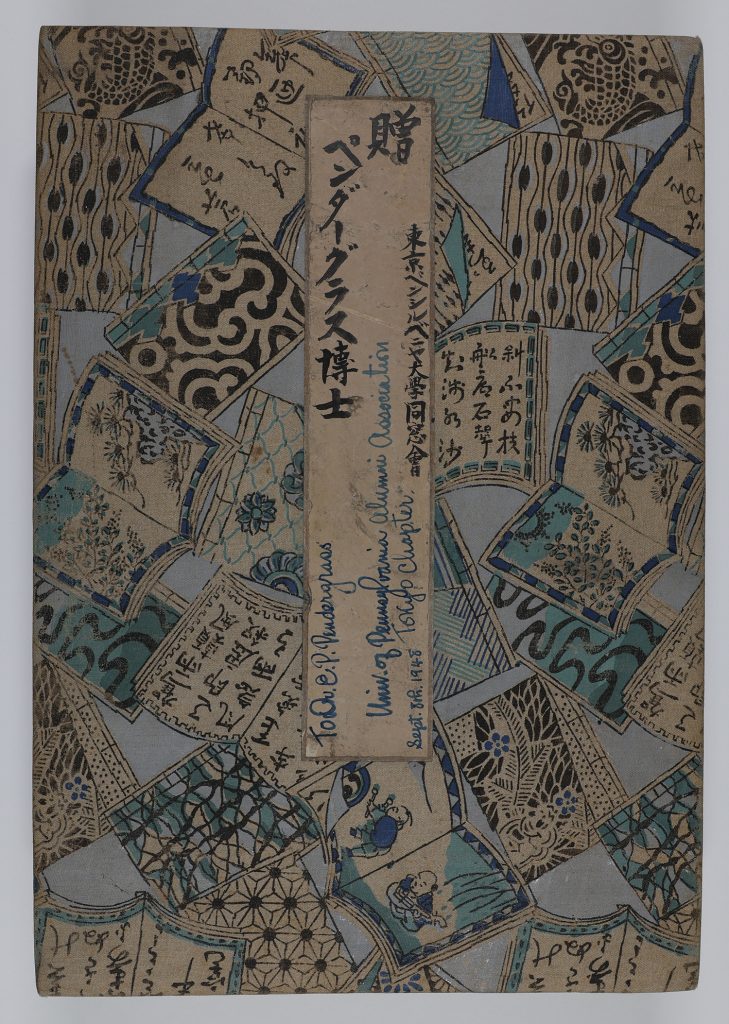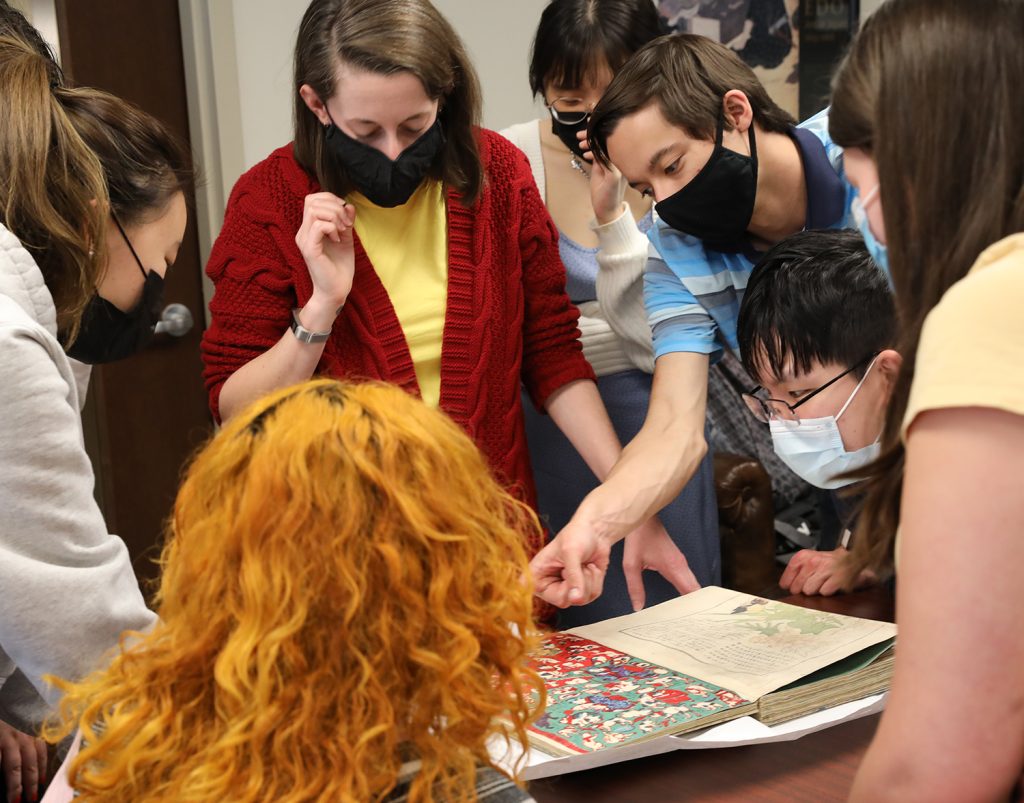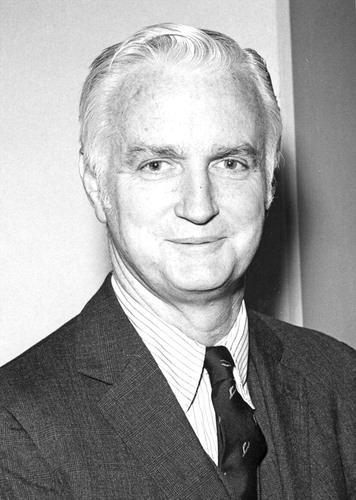Exhibition background and album
Uncovering the Stories in the Pendergrass Ukiyo-e Compilation Album

The Class and the Project
In January 2022, the students in the HART 2810W Museum Exhibition: Japanese Woodblock Prints class first met. Coming into the class with a range of backgrounds and abilities, students applied their attention to learning about museum practice and the history of Japanese woodblock prints from the Edo period (1603-1867), also called ukiyo-e 浮世絵 or “images of a floating world.”
This “floating world” refers to life in the city of Edo (modern-day Tokyo), the seat of the head of the government during the Edo period. With a rise in the merchant class and systems in place that required daimyō 大名 (great lords who were vassals to shogun, or military ruler) or their family to spend a certain amount of time in Edo, the city developed a rich culture of fleeting pleasures, encompassed in the term “floating world.” Japanese woodblock prints take their name, ukiyo-e, from this term.
After students accrued basic knowledge over the first weeks, the focus turned to developing key skills in working hands-on with Japanese woodblock prints. During the second class meeting time each week, we spent time exploring the Fine Arts Gallery collection of ukiyo-e. From artist signatures to censor seals that can be used to date works to pigment and genre, this group of 13 students acquired knowledge of the various components of these prints. More importantly, with the use of strategic resources, they were able to research many of the prints in the collection, identifying key information and fitting them into the broader concepts we discussed in class.

These skills led to a collaborative research project on one particular work in the collection: a compilation album of prints. Only some of the most basic information was known about the book at the beginning: the donor and a handful of the artists represented in the book. The process of digitizing the book began with the invaluable photographic help of Connor Gilmore. The students were all assigned a selection from the book to research.
The end product is this digital site. In addition to being able to flip through the book (both sides!), you can also explore some of the album’s prints in more detail through the plate pages on the navigation menu, thanks to the research and interpretation of the students of HART 2810W.
In Fall 2022, a new group of 8 HART 2810W students continued this work, adding their own plate pages. Spring 2024 welcomed another group of HART 2810W students, 12 this time, to work on the book and add their own plate pages. This rich book will be the subject of student research over the next few years until the public can fully access it here, exploring it and reading about the various artists and prints represented. Please come back periodically to see the new additions!
The history of the album from 1948 until today
By Cainie Brown
Anthropology and History of Art and Architecture
Class of 2022
In 1994, Dr. Henry Pancoast Pendergrass (1925-2008), a longtime Nashville radiologist and Professor Emeritus of Radiological Sciences at Vanderbilt University Medical Center, generously donated the Pendergrass Compilation Album to the Vanderbilt University Fine Arts Gallery. The album was originally presented as a gift to Henry’s father, Dr. Eugene Percival Pendergrass (1895-1980), when he delivered a lecture to the Tokyo chapter of the University of Pennsylvania’s alumni club.

Born in Florence, South Carolina in 1895, Eugene P. Pendergrass took an early interest in medicine thanks to the encouragement his physician grandfather. After graduating from Wofford College, he entered medical school, first at the University of North Carolina at Chapel Hill and ultimately at the University of Pennsylvania. Pendergrass earned his medical degree in 1918 and, with the United States involved in World War I, was immediately inducted into the Navy Medical Corps. To his personal disappointment, he was not sent to serve in Europe, but was instead assigned to receive training in radiology at the Hospital of the University of Pennsylvania under the direction of Dr. Henry K. Pancoast. Despite his initial hesitancy, Pendergrass developed a deep love for radiological science—he was named Professor of Radiology in 1936 and, on the occasion of Dr. Pancoast’s death in 1939, took over the department. Pendergrass was a prolific writer and leader in a number of medical societies, including serving as president of the Radiological Society of North America, The American College of Radiology, and The American Cancer Society.

At the conclusion of World War II and in the wake of the atomic bomb explosions at Hiroshima and Nagasaki, Pendergrass took a role as senior consultant on radiology to the Committee on Atomic Casualties and helped to set up a large X-ray study on the effects of radiation on the victims from the Hiroshima atomic bombing. He traveled to Japan multiple times in the years following and formed a number of close friendships, most notably with fellow University of Pennsylvania graduate Dr. Saburo Kitamura. During World War II, Kitamura was the only physician on site at a Tokyo hospital. On Pendergrass’ recommendation, he was named the head of the Atomic Bomb Casualty Commission. It is likely that Kitamura’s friendship with Pendergrass brought him to speak at the University of Pennsylvania Alumni club meeting on September 8, 1948. To thank Pendergrass for his presentation, the club gifted him this compiled accordion album of Japanese woodblock prints. The moment was captured in a photograph, seen below.
Upon Pendergrass’ death, his son Henry inherited the book and it remained in his possession until he retired from Vanderbilt University’s Medical Center in the 1990s and his subsequent donation of it to the VU Fine Arts Gallery in 1994.

Special note: if you need high resolution images or images with color card of any of the book, please contact the Fine Arts Gallery: gallery@vanderbilt.edu.
